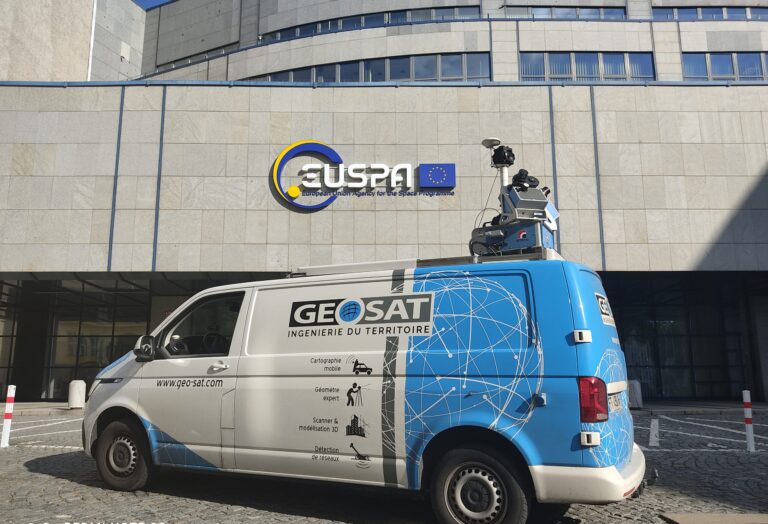Our mission
The overall objective of GAMMS is to develop an autonomous terrestrial mobile mapping system (AMMS),
based on the tight integration of
- Autonomous vehicles (AVs)
- Navigation/geodetics
- Artificial Intelligence (AI) technologies.
More specifically, we aim at developing an advanced prototype (TRL 6 to 7) of an autonomous terrestrial mobile mapping system –a mapping robot– based on an already existing Level of Automation 4 (LoA-41) AV for cm-level accurate and certifiable mapping to serve the needs of High Definition (HD) maps for autonomous vehicles.

